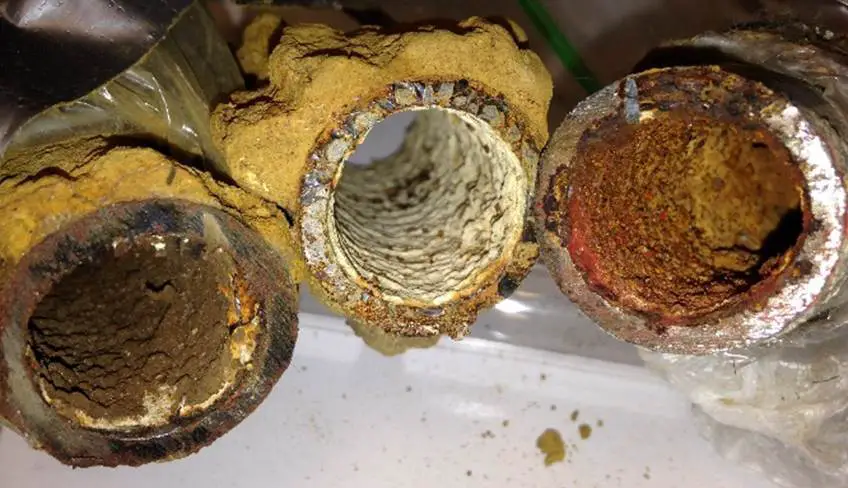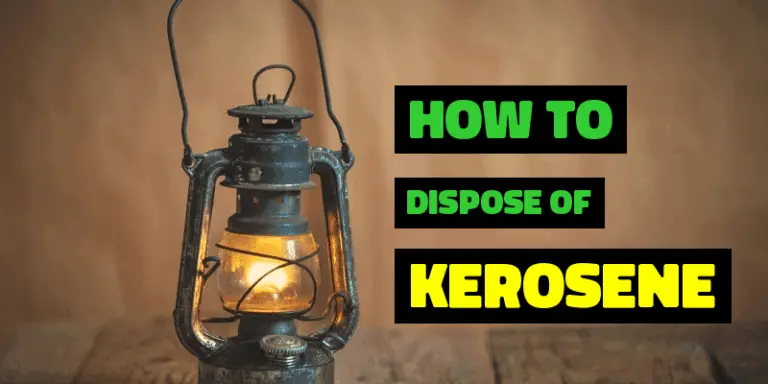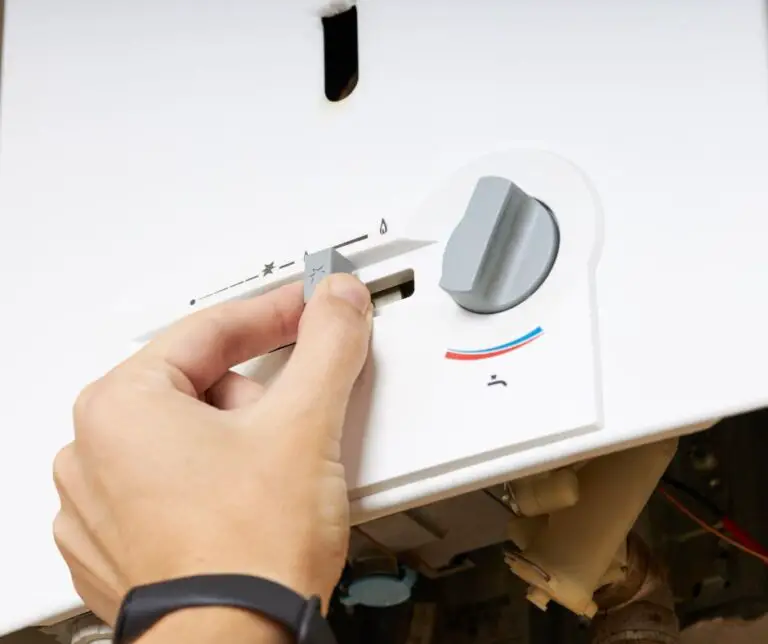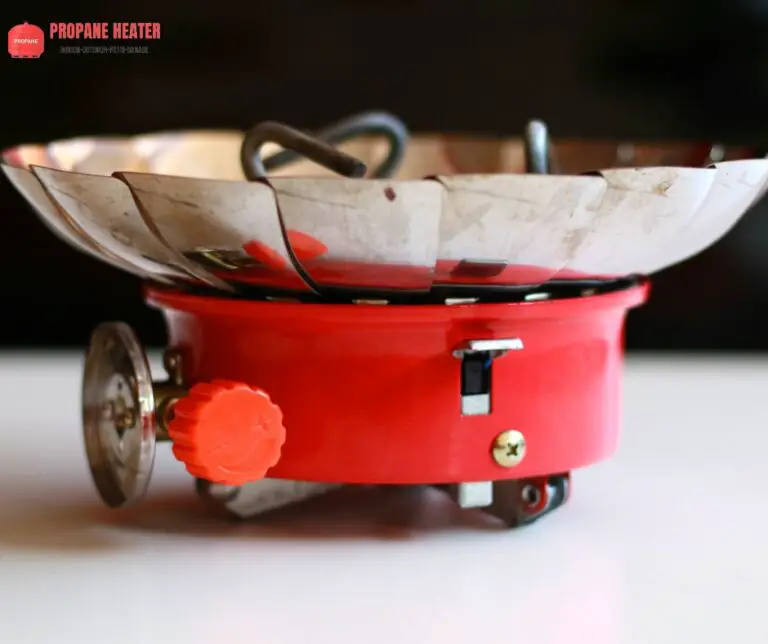
Let’s be honest- sediment formation is not in your hands! But what’s in your hands is how well you keep your heater.
Of course, every water heater is bound to collect sediments, form debris, and dirt. But will it affect your heater? Of course, it will.
Sediment build-up with scald is just one thing that you never wish to have. It may seem negligible to you, but for your heater, it’s more like slow poison. Your heater is resisting this poison every day, and just like a ticking bomb, it will fair to resist and explode.
Surely you would not want this to happen under any circumstances—no need to panic if you go through this guide.
Here is a complete detail that you can look after to clean Sediment from Water Lines and even in your heater.
How To Clean Sediment From Water Lines [Possible Ways]
Back Flushing the Pipes
- The first thing that you need to do is to close all service valves present. These will release pressure from the hot side of the system.
- You can now remove the aerator, which is present on the cooler side. Once you do this, remember to replace this place with a paper towel. This will stop the flow of water.
- Now you can open any hot water faucet in your home. This will create reverse pressure on your home. This will also allow you to locate the debris formed over here.
- The next thing to do would be to go back to the cold side. You will now be able to turn on this faucet and allow cold water to come out. Along with this, debris will also flow out.
Pipe removal and cleaning
Professionals should ideally do pipe removal and cleaning. However, you can do this as well if you have a complete idea and a DIY guide along with you. To do this, you will first have to locate the joints of your pipes.
You can now loosen them up easily with a bit of shift or a hot metal plate. Turn off all water running systems, and you can now bring them out one by one.
Cleaning could be done by chemicals or better plungers depending on the amount of debris formed in each one of them.
If cleaning becomes a bit impossible for you, try to go for a new pipe replacement. New pipes made up of corrosive-resistant materials could be ideal to choose from.
Clean Sediment With Chemicals
Commercial pipe cleaning products sell well and can work efficiently against certain types of clogs, but they should be used sparingly. While using a bottle here and there isn’t going to cause any major problems, repeated use of these chemicals can lead to a host of problems. This includes the degradation of the pipes themselves.
This could lead to a leak within the walls, which is more trouble than a simple clog would ever warrant. If you are at the point where you are frequently turning to these chemicals, a call to a plumber may be for more professional methods.
Clean Sediment Using a Plunger
You don’t have to spend a fortune buying expensive plumbing tools to handle some pipe cleaning. Often, the best tool for the job is your household plunger. You can pick up a small, standard sink plunger for a few bucks at the local hardware store, and it will serve you well when you find yourself with a clog on your hands.
Make sure you fill the sink or tub with a couple of inches of water so you can get the best suction possible when you begin to use the tool. In some cases, the plunger may not do the trick. You may want to use a bent coat hanger or a specialized plumber’s snake to remove the clogging material from the pipes in those instances.
Natural Cleaners
One of the best ways of cleaning your pipes and keeping them safe is sure with a natural cleaner’s help. Chemical cleaners are good, but they might affect your pipes internally.
A natural solution for breaking up calcium deposits could be a great option for you to choose. To do this, you will require a few ingredients, including vinegar, baking soda, and distilled water.
Once you gather all of them, you will have to create a mixture of natural cleaners to make them more effective. Please take all the ingredients and pour them down in the pipe. You will have to wait for a few minutes before flushing them out again.
To do this, you can follow the reverse flushing procedure, and then you can get all lines cleared. This solution will eat away all the clogs.
But if this does not happen in the first attempt, you may have to repeat the process after a few days.
Pipe Cleaning- Maintenance
One of the best things you can do to keep your pipes clean and open is to make up a mixture combining both vinegar and baking soda. This foaming, fizzy mixture does wonder when it comes to keeping gunk from sticking to the perimeter of your pipes.
You can create this concoction before pouring it down the sink, or you can dump the baking soda down and then immediately follow it with vinegar. A cup of each should do the trick.
Follow all of this with a few quarts of boiling water, and you’ll have a chemical reaction that tough sediment can’t stand up to. This not only works as a great preventative measure, but it can serve as light pipe cleaning as well.
Conclusion
Lime, dirt, and debris all may affect your water lines in multiple ways. Not only will your water pipes be affected, but your heater will be much affected as well. Before it gets too late, always create a habit of regular maintenance of such appliances.
Cleaning your water pipes at least once a year, depending on your locality and now you exactly know how to clean sediment from water lines, just remember one thing contamination levels should be a priority. Do let us know down below if you are facing any problem while cleaning.

I am Richard A. Jackson man behind propane heating solution, An HVAC expert working as a team lead of the heating department, Provide services all over the USA (around all major cities), and from planning to implementation, you will get all your solution here. We provide various tanks (propane and other natural gases) and deal with disposable waste.






